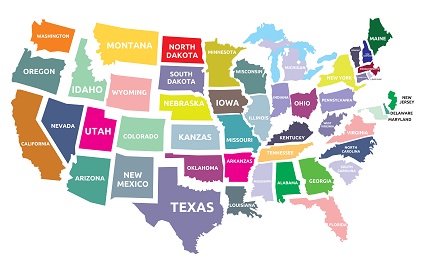A client got all excited today about a part of his Google Analytics report that doesn’t always excite people. The top ten cities from which his website gets visitors are, it turns out, just the towns he wants to reach.
When you check the geographic reports at Google Analytics (Audience> Geo), what do you see? For many business owners, it’s either kind of exciting to see how many different place people came from, or mildly interesting but not actionable information.There’s more there.
Here are five pieces of actionable data your GA Geo report can provide:
How many visitors are in your service area?
It doesn’t cost you any more to have online visitors from other continents than to have people from your service area, but let’s face it: those visitors from Zurich won’t be calling for an appointment at your Fayetteville dental practice. If you’re not seeing a majority of people in places you want to reach, it’s time to make some changes in your content, some local linkbuilding, and updates at your G+ business page.
Are you seeing lots of spam traffic?
If you’re an international service organization with strong followings in Russia and Brazil, then traffic from Russia and Brazil is great. If you’re a local or national business, the traffic from these countries is probably spam traffic. It doesn’t do your website any harm, but it makes it hard to get accurate information from your analytics. Check your Referrals report and filter out the spambots.
Which states are top on your list?
Most websites reaching out to a national audience will see New York, Texas, California, and Florida close to the top of the list of states. That’s just math. If you’re seeing your local state close to the top, whether you want to court local traffic or not, that’s also what you’d expect. If there are surprises, though, it’s worth exploring. Are you aware of the visitors coming from that surprising state? Are you meeting their needs? Can you convert them to customers? Can you replicate what you’re doing in that state — in another state?

Compare conversion rates.
Here at Haden Interactive, we like our international customers a lot, but almost 80% of our online conversions are from people in the United States. If you see higher conversion rates in some cities than in others, you can use that information to plan where you’ll advertise, which speaking engagements you’ll court, or which branches need to step up their game.
Check the languages.
Under “Geo” you’ll find both Location and Language. This tells you what language your visitors choose. This report is often a surprise to website owners who built their website in English and don’t realize that their visitors may choose other languages. Since language and location don’t always go together, you should check this information even if you have a local business. The language information can give you some insight into tourists visiting your museum, which languages you should look for among your bilingual staff, and whether you should offer downloads in a second language.


Leave a Reply